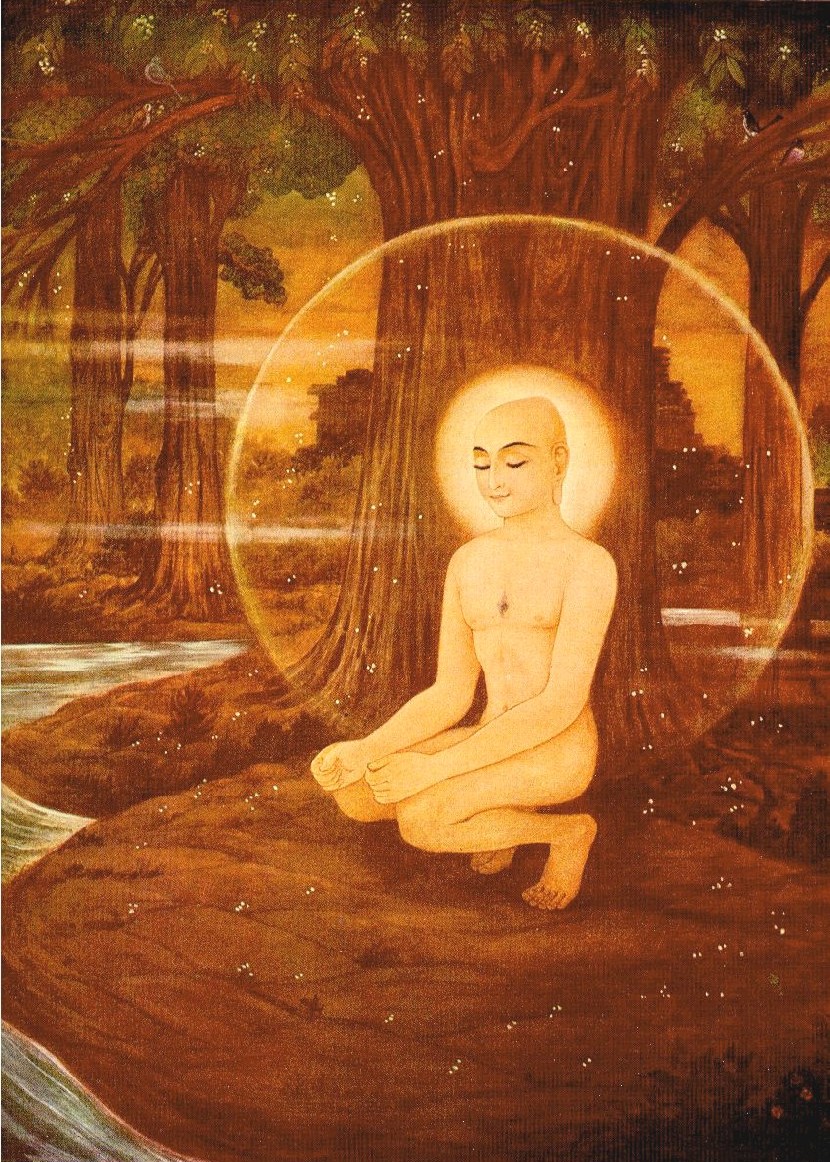Difference between revisions of "Template:POTD protected"
Jump to navigation
Jump to search
Occultwiki (talk | contribs) Tag: Manual revert |
Occultwiki (talk | contribs) |
||
| Line 1: | Line 1: | ||
{| role="presentation" style="margin:0 3px 3px; width:100%; text-align:left; background-color:transparent; border-collapse: collapse; " | {| role="presentation" style="margin:0 3px 3px; width:100%; text-align:left; background-color:transparent; border-collapse: collapse; " | ||
|style="padding:0 0.9em 0 0;" | [[File: | |style="padding:0 0.9em 0 0;" | [[File:Mahavira Enlightened.jpg|300px|thumb|]] | ||
|style="padding:0 6px 0 0"| | |style="padding:0 6px 0 0"| | ||
'''[[ | '''[[Enlightenment]]''', '''''Moksha''''', or '''Gnosis''' are words used to describe various forms of spiritual liberation, self-realization, and self-knowledge. In a general sense, it expresses a blissful state of existence of a human soul. It is most-commonly found in connection with the main Indian religions: [[Hinduism]], [[Buddhism]], and [[Jainism]]; however, it is also the expressed goal of numerous [[occult]] schools passed down from the early tradition of [[Gnosticism]]. | ||
''Nirvana'' and ''moksha'', in all traditions, represent resting in one's true essence. | |||
<p><small>Photo Credit: Muni Shri Yashovijayji</small></p> | |||
<p><small> | |||
[[:Category:Images|'''(More Images)''']] | [[:Category:Images|'''(More Images)''']] | ||
<div class="potd-recent" style="text-align:right;"> | <div class="potd-recent" style="text-align:right;"> | ||
Revision as of 18:44, 18 December 2024
|
Enlightenment, Moksha, or Gnosis are words used to describe various forms of spiritual liberation, self-realization, and self-knowledge. In a general sense, it expresses a blissful state of existence of a human soul. It is most-commonly found in connection with the main Indian religions: Hinduism, Buddhism, and Jainism; however, it is also the expressed goal of numerous occult schools passed down from the early tradition of Gnosticism. Nirvana and moksha, in all traditions, represent resting in one's true essence. Photo Credit: Muni Shri Yashovijayji |
